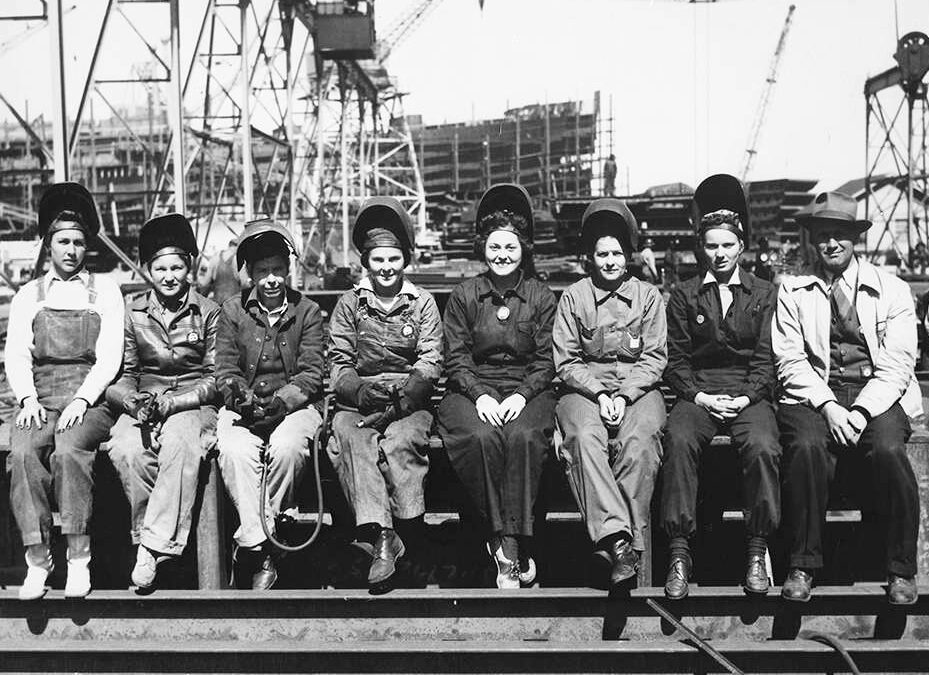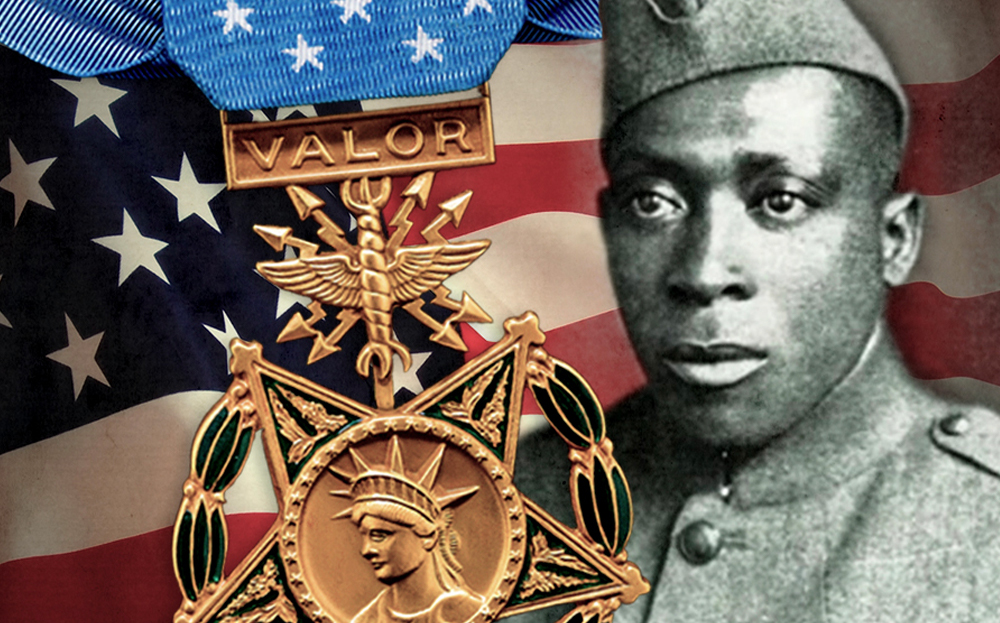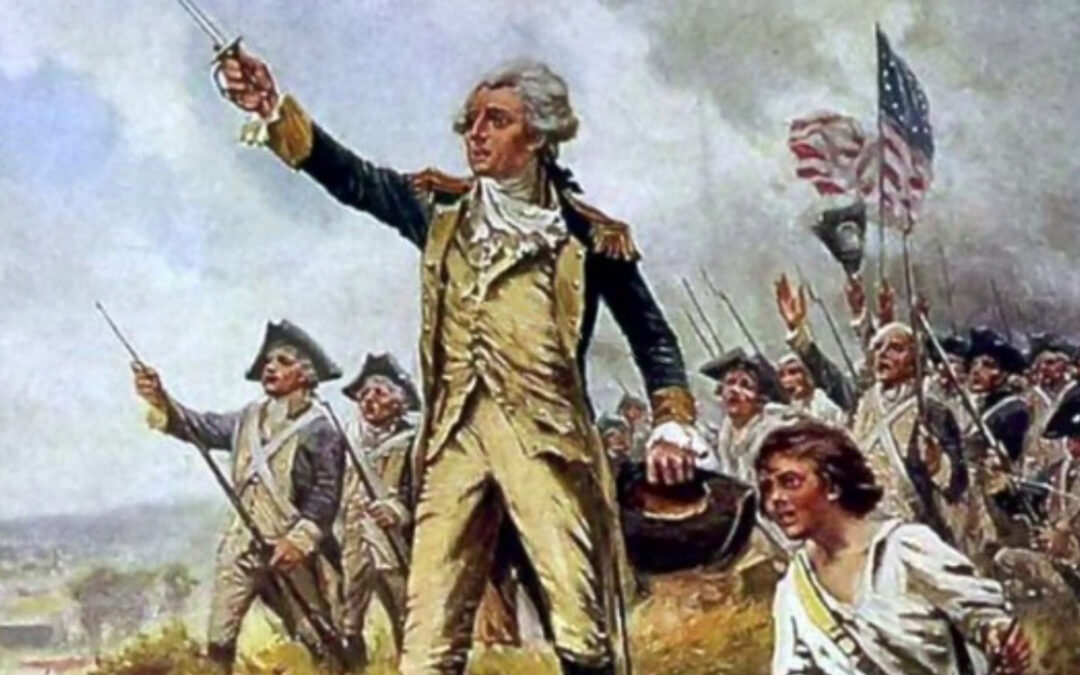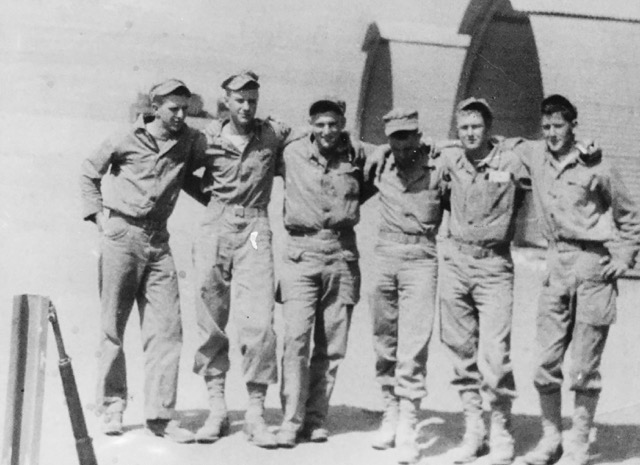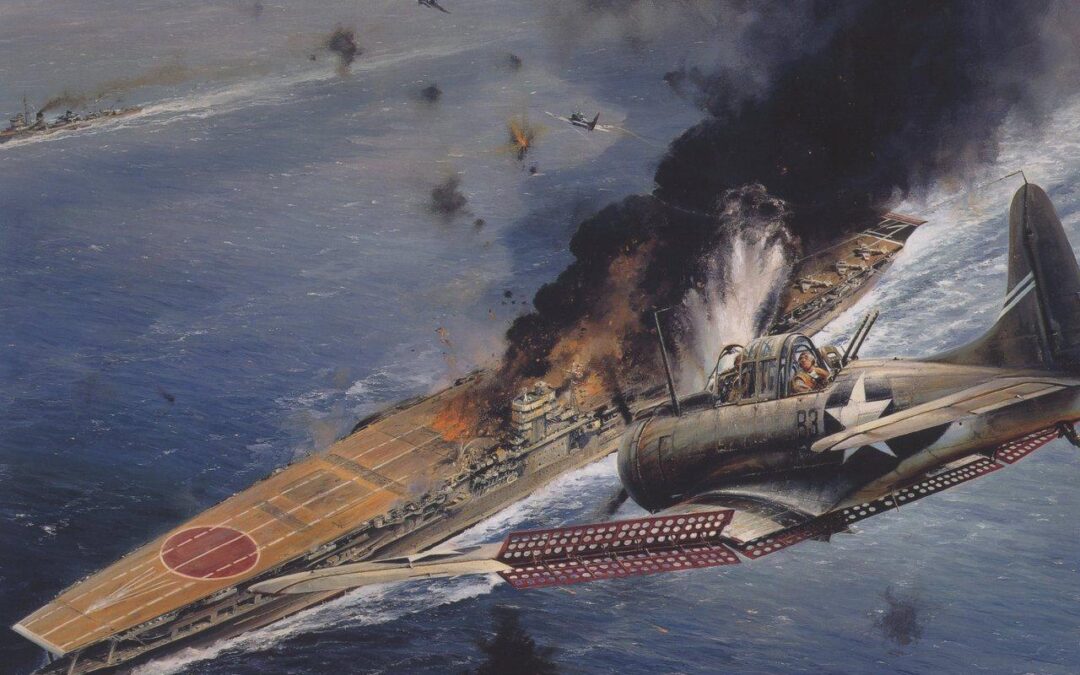On September 27, 1944, a C-47 assigned to the 813th Medical Air Evacuation Squadron lifted off from England into the clear morning sky. Its destination was a landing field at St. Trond, Belgium, to pick up casualties. Since the aircraft usually carried military supplies and troops on the outbound flight and casualties on the return trip, it was not marked with the Red Cross. Aboard the aircraft was 24-year-old Texas-born Second Lt. Reba Whittle, an experienced flight nurse with 40 missions and over 500 hours of flight time. POW Nurse Survived a Deadly Crash and Enemy Aid Somewhere along the way to Belgium, the plane strayed far from its intended route, entering German airspace where it was hit by German flak a couple of miles outside Aachen. The crew braced themselves as the plane gained and lost elevation from heavy shrapnel tearing through its thin-skinned fuselage and disabling an engine. Whittle held onto her seat for dear life as they began to nosedive. On impact, Whittle was...
